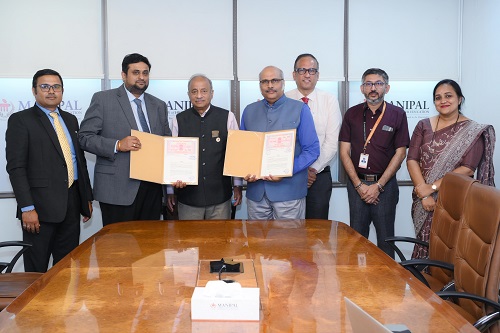Not long ago, Anil Ambani was considered the most flamboyant industrialist in the country, exuding a great deal of energy and frequently in the news, from Page Three to political and business pages. The collapse of his business empire made big headlines and became a matter of public discourse, from chatter in elite circles to local chai shops in the hinterland. A bombshell has now arrived in the form of a report from the markets regulator.
The Securities and Exchange Board of India (SEBI), in its 222-page report, has severely castigated Ambani and his associates following an investigation into multiple complaints alleging the siphoning of funds from Reliance Home Finance Ltd between 2018-19. The report calls Anil Ambani, Chairman of the Anil Dhirubhai Ambani Group (ADAG), the mastermind behind a fraudulent scheme to siphon off funds from the publicly listed Reliance Home Finance Ltd (RHFL) by disguising them as loans to nondescript and financially weak privately held companies connected to him.
‘Cavalier Approach’: What The Report Says
The SEBI report notes: “This is also a peculiar case where the company’s management has brazenly defied the diktat of its own Board that had raised concerns about `General Purpose Working Capital Loans (GPCL/GPC) lending and asked the company management to ensure compliance with the law.”
It further adds that “the cavalier approach by the company management and the promoter in approving loans amounting to hundreds of crores to companies many of which had negligible assets, cash flows, net worth, or revenues, suggests a sinister objective behind the `loans’. This sinister objective becomes all the more clear when the relationship of the borrowers with the promoters of RHFL is taken into account.”
As a result, SEBI has barred Anil Ambani and 24 other entities, including former key officials of Reliance Home Finance, from the securities market for five years. It has also imposed a penalty of Rs 25 crore on Ambani and restrained him from being associated with the securities market, including as a director or Key Managerial Personnel (KMP) in any listed company or any intermediary registered with the regulator, for a period of five years.
The SEBI report is likely to prompt other law enforcement agencies to initiate investigations against Ambani and other persons whose names have been red-flagged by the markets regulator.
Some Startling Findings From SEBI
As many as 62 loan applications, covering an amount of Rs 5,552.67 crore were approved on the date of the loan application itself
27 loan applications amounting to Rs 1,940.58 crore were disbursed to the borrower on the date of the application itself
In the Credit Approval Memo (CAM) for loans amounting to Rs 5,850.19 crore, deviations from due process were recorded. The nature of these deviations includes: field investigation waived, probability of default waived, eligibility criteria not as per the norms, no creation of security, no customer rating undertaken, escrow account not opened, etc.
It was found that most of the loan application forms were left blank, and the authorised signatories merely signed on the last page of such application forms.
Even after the RHFL Board explicitly instructed the company on February 11, 2019, to stop disbursing any further GPC loans, RHFL continued to do so, disbursing thousands of crores of rupees with impunity, approved by Anil Ambani in his capacity as Group Head.
Even at the time of disbursal of the GPC Loans, the internal approval memos themselves recorded that several hundreds of crores of rupees worth of loans were being made to nondescript and dubious entities that were plainly and utterly credit-unworthy.
This was all part of an elaborate and nefarious scheme undertaken to divert funds from RHFL to promoter-linked entities while concealing the financial implications of their actions from the investing public. As a result, the company eventually collapsed, causing immense losses to its investors and the broader ecosystem.
An Elaborate Scheme?
The facts and circumstances of this case clearly indicate that the defaults are the culmination of an elaborate and coordinated design to move funds from the publicly listed company to nondescript and financially weak privately held companies connected with the Reliance ADA Group.
By a preponderance of probability, the mastermind behind the fraudulent scheme seems to be Anil Ambani. It is also apparent that some other persons in key management positions in the company played an active role in perpetrating the fraudulent scheme.
Subsequently, most of the GPCL borrowers’ accounts turned into NPAs, and as a consequence, RHFL defaulted on its payment obligations towards its lenders.
The company’s public shareholders have been left high and dry. For reference, as of March 2018, the RHFL share price had closed at around Rs 59.60. By March 2020, as the extent of the fraud became clear, the share price had collapsed to Rs 0.75. Even to this date, there are more than 9 lakh shareholders invested in RHFL.
(Sanjay Singh is Contributing Editor, NDTV)
Disclaimer: These are the personal opinions of the author












